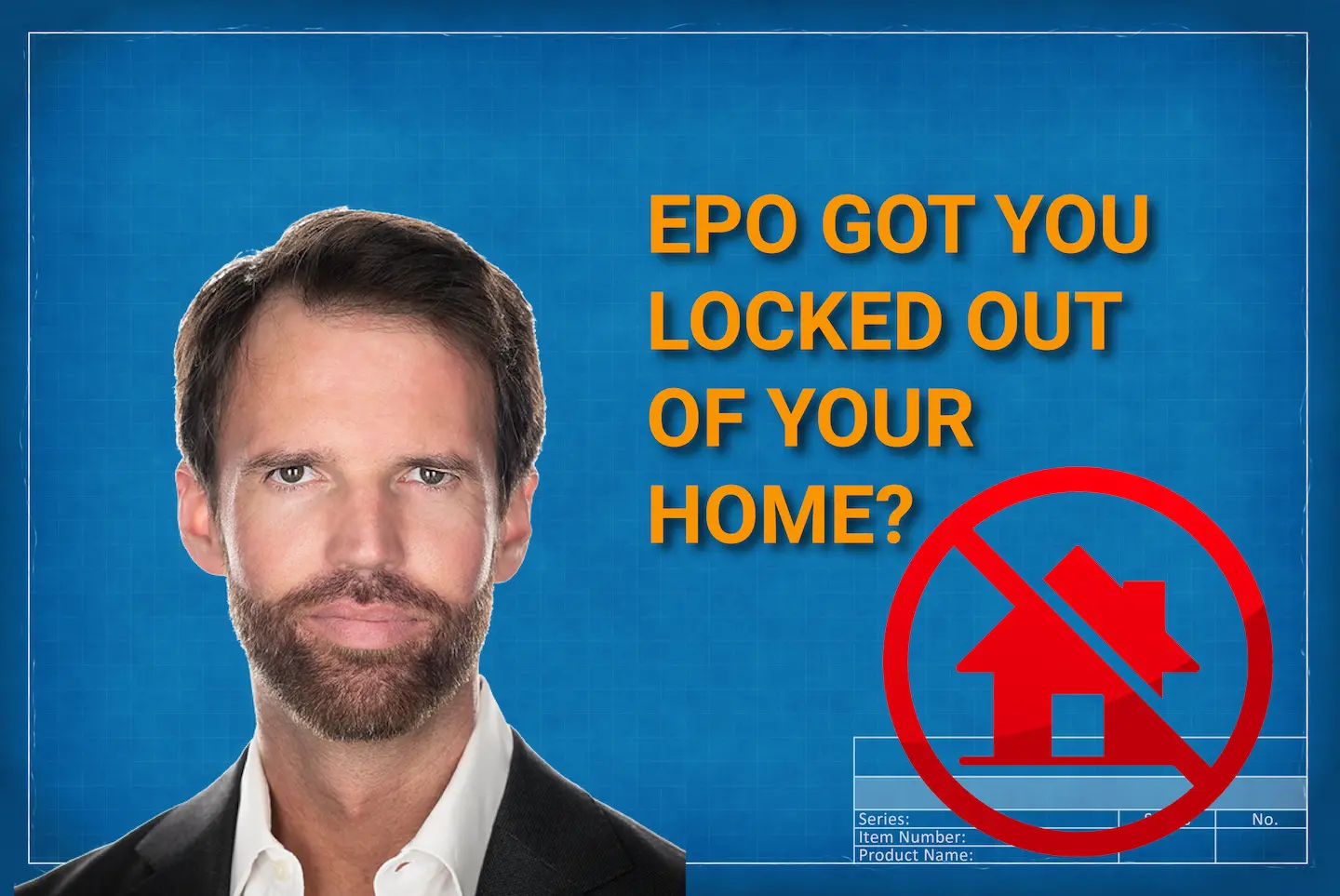My Dallas Criminal Lawyer’s Key Details on Emergency Protective Orders (“EPOs”)
- Arrests for criminal offenses involving allegations of family violence often trigger EPOs.
- Magistrates usually set these orders to remain in effect for 31 to 61 days from the date of issuance.
- The magistrate may prohibit the person accused of committing family violence from returning home for the duration of the EPO.
- The terms of the EPO may be modified by a hearing before the magistrate who issued the original order.
- Below you will find an outline of important issues surrounding emergency protective orders. For a more detailed discussion, check out our video.

When May a Judge Issue an Emergency Protective Order?
- Texas Code of Criminal Procedure Art. 17.292 authorizes magistrates to issue an order of emergency protection when a person is arrested for assault involving family violence, human trafficking, sexual assault, indecent assault, or stalking.
- Under most circumstances, the magistrate has discretion whether to issue an order of emergency protection.
- If the alleged offense involves serious bodily injury to the complainant or the use or exhibition of a deadly weapon, the judge must issue an emergency protective order.
- Emergency protective orders under Art. 17.292 are issued when a person appears before a magistrate within 24 hours of arrest and before the person posts bond to secure release from jail.
- The Texas Family Code authorizes protective orders to be issued after an emergency protective order expires.
Who Can Request an EPO?
- Texas law allows the victim of an offense, the victim’s guardian, a police officer, or a prosecutor to request an emergency protective order.
- Unless the alleged offense involves serious bodily injury or a deadly weapon, the magistrate may use his or her discretion and grant or deny the request.
What Does an Emergency Protective Order Prohibit?
- Assaulting, trafficking, or stalking any person named in the order;
- Communicating with a person named in the order in a threatening or harassing manner;
- Communicating a threat through someone else to a person named in the order;
- Upon a finding of good cause, communicating with a person named in the order in any manner whatsoever;
- Going to or near the residence, school, or place of work of a person protected by the order;
- Possessing a firearm;
- Tracking a person named in the order by use of a tracking device, phone app, or anyone physically following a protected person;
- And a magistrate may order the arrested person to wear an electronic leg monitor.
Can an EPO be Changed?
- Art. 17.292(j) describes the procedures for modifying an emergency protective order.
- No changes can be made without a hearing.
- The issuing magistrate may modify all or portions of the order if evidence proves that:
- The order as originally issued is unworkable;
- The modification will not place the victim of the offense at greater risk than did the original order; and
- The modification will not in any way endanger a person protected under the order.
What Happens If I Violated the Emergency Protective Order?
- So long as the arrested person has been given notice of the order, any violation can trigger an arrest for a Class A misdemeanor for violating the protective order.
- Even if one of the protected individuals consents to the violation, that is no legal defense to violating the terms of the emergency protective order.
Emergency protective orders can turn a family upside down. In the event you or someone you know is subject to an emergency protective order, contact us today. Our domestic violence attorneys are here to help.


